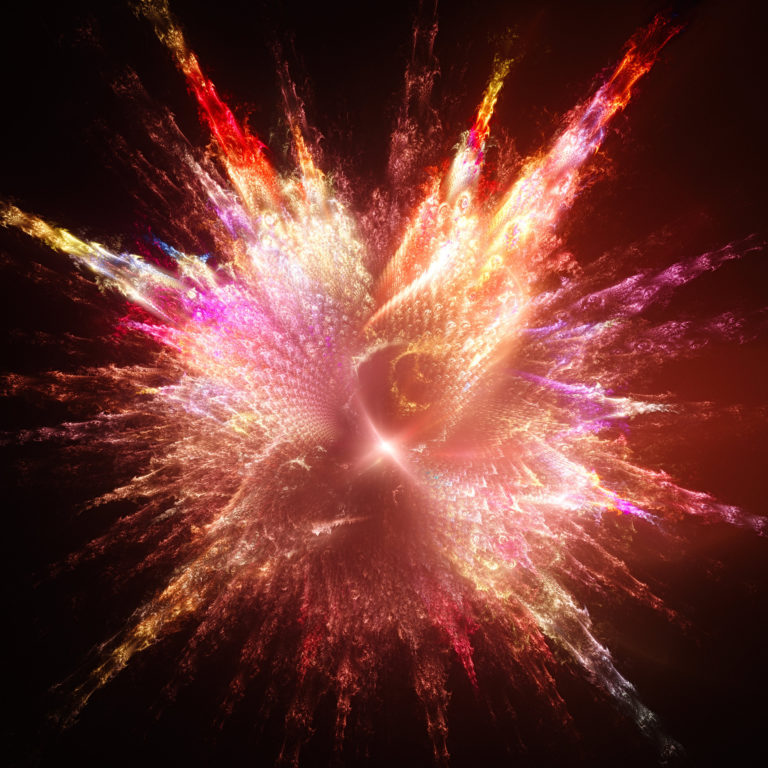EDITORIAL

TOWARDS SYSTEMATICALLY ASSESSING BIOACTIVITY OF NATURAL COMPOUNDS OR BIO-LIGANDS: CANNABIDIOL AS AN EXAMPLE
ABSTRACT
Western medicine by law requires that drugs be synthetic compounds which are mass produced in heavily controlled manufacturing environments. In recent years there has been increasing interest incomplementary and alternative medicine (CAM) for treating disease in the United States (e.g., White et al., 2017). Natural,non-vitamin, non-mineral dietary supplements account for a sizeable share of these approaches (17.7% in Clarke, Black, Stussman, Barnes, & Nahin, 2015). Despite their potential efficacy, a very small proportion of patients in the United States use CAM methods as complete replacements for standard pharmaceutical treatment (Nahin, Dahlhamer, & Stussman, 2010). Most CAM users reported taking natural dietary supplements for general wellness and preventative healthcare rather than specific outcomes (Marinac, Buchinger, Godfrey, Wooten, Sun, & Willsie, 2007). One reason is that identifying the dosages required for medicinal plant-derived compounds to treat specific diseases has proven difficult.
It is estimated that75-78% of all modern medicines are directly or indirectly derived from higher plants (Samuelsson, 2004). Less than 5% of all plant species have been explored for their medical potential (Chin, Balunas, Chai, & Kinghorn, 2006). Natural plant compounds rarely have side effects. This makes them a potent alternative to pharmaceutical drugs for chronic use.
A three-step process for measuring bioactivity of all samples from natural plant-based sources will is outlined, using CBD as an example. This process is paramount for theapplication of natural plant-based compounds in western medici.